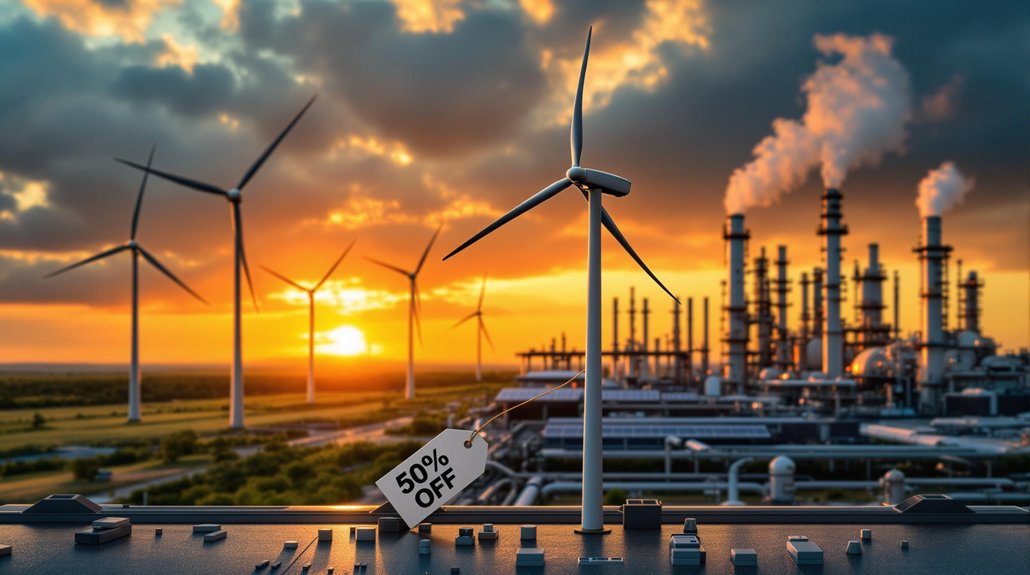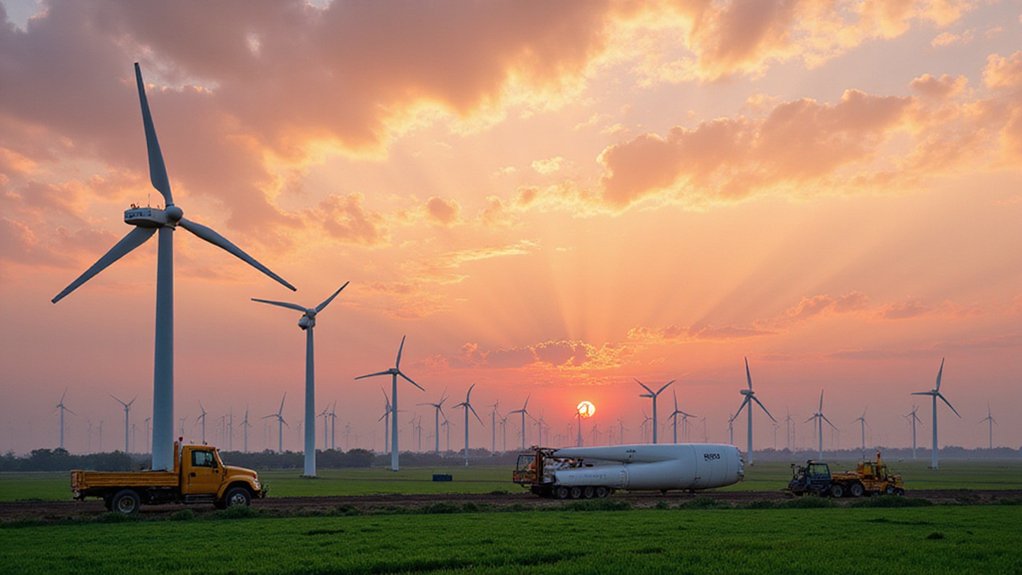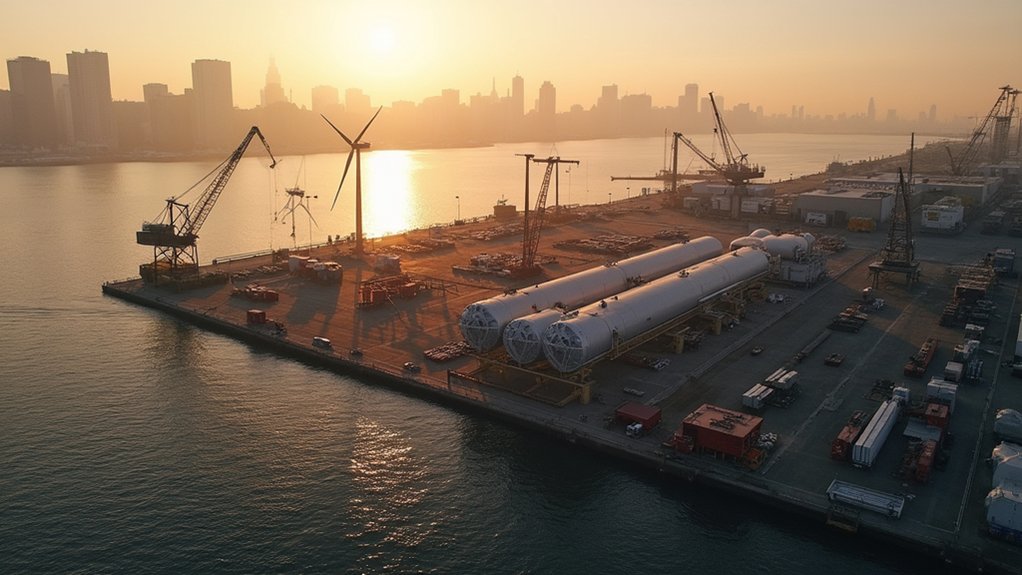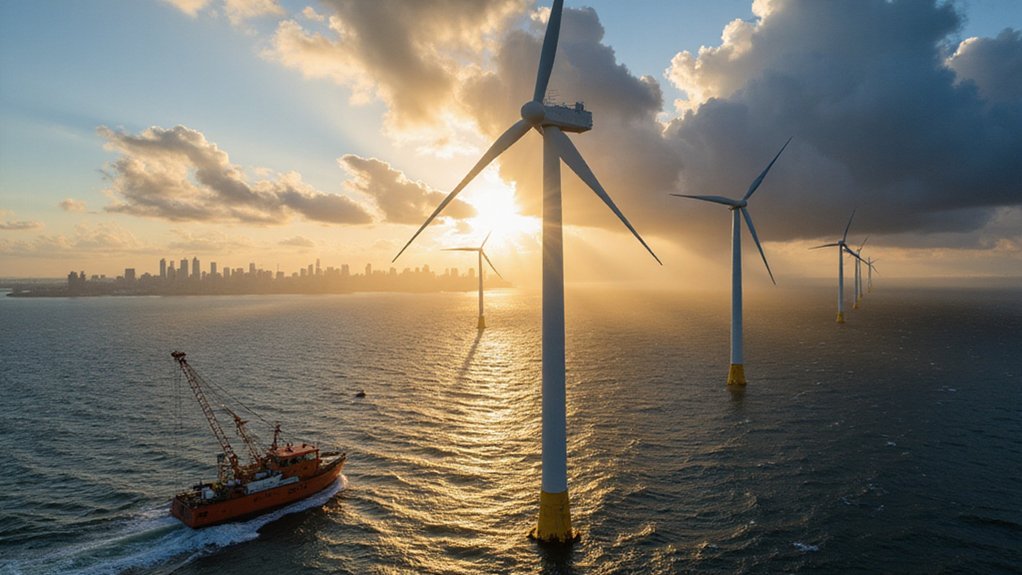Europe’s offshore wind sector is set to transform the continent’s energy market with costs expected to drop 30% by 2035. The fixed-bottom offshore wind LCOE will likely decrease from $95/MWh to $61/MWh, while floating technologies could reach $74/MWh. Despite temporary inflation setbacks, the industry continues advancing with larger turbines and improved manufacturing. The upcoming 100GW capacity expansion presents significant opportunities for Europe’s renewable energy future.
As countries around the world seek clean energy solutions, offshore wind power costs are set to drop dramatically over the next decade. Industry experts predict a 30% decrease in offshore wind costs by 2035, making this renewable energy source increasingly competitive with traditional power generation methods.
The levelized cost of energy (LCOE) for fixed-bottom offshore wind is expected to fall from $95/MWh in 2023 to just $61/MWh by 2035. Floating offshore wind technologies, which can be deployed in deeper waters, are following a similar trend with costs projected to reach $74/MWh by 2035.
These price reductions are driven by several key factors. Turbine sizes have grown from an average of 3.3 MW to 6 MW, capturing more energy per unit. Supply chain improvements and manufacturing efficiencies are also contributing to lower costs as the industry scales up production. This follows the established pattern where offshore wind projects experienced a 7% decrease in LCOE compared to previous year.
Cost variations exist across different regions. Projects in the Northern Atlantic are generally about 18% less expensive than those in the South Atlantic. The Gulf of Mexico faces higher costs, with LCOE about 60% higher than other areas due to regional conditions.
Regional
Recent years have seen temporary setbacks due to inflation and supply chain disruptions, adding nearly $17/MWh to some projects. However, these challenges are expected to stabilize after 2025 as markets adjust and supply chains become more resilient.
Financial incentives like tax credits from the Inflation Reduction Act have helped offset some cost pressures. Interest rate fluctuations have affected financing costs, but these are anticipated to improve as global markets stabilize. Current US offshore wind developers are struggling with rising interest rates that have significantly increased their financing costs and project LCOE.
Looking further ahead, the global outlook for offshore wind remains promising. Under mid-level projections, costs could reach $72/MWh by 2050 as international supply chains expand. With the potential to generate 18 times current global electricity needs, offshore wind represents a substantial opportunity for renewable energy expansion.
Grid integration challenges remain, but improved connectivity between offshore and onshore infrastructure will help maximize the benefits of this increasingly affordable clean energy resource.








